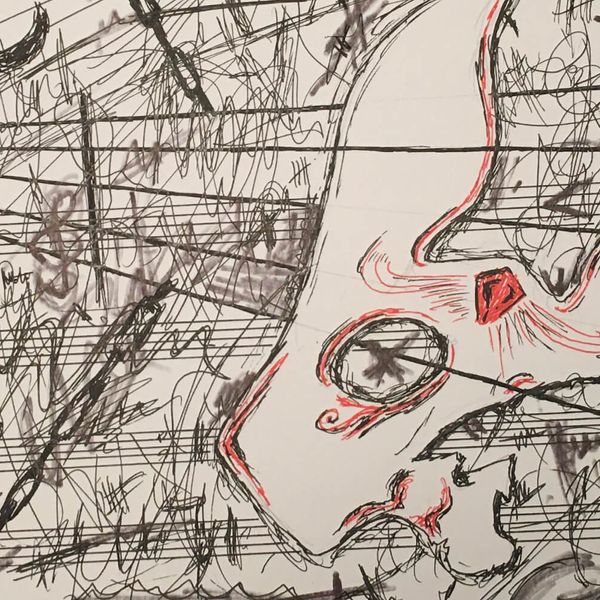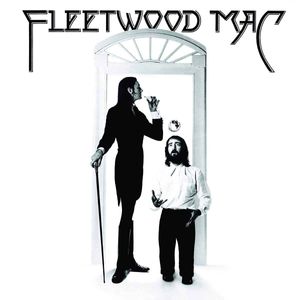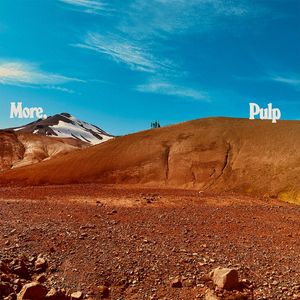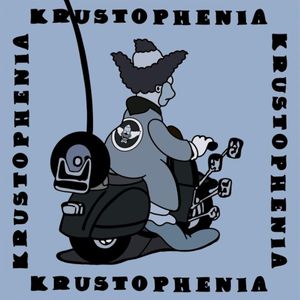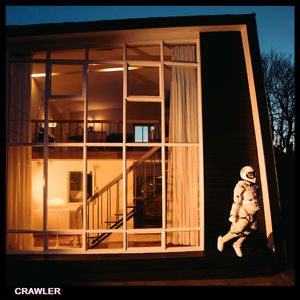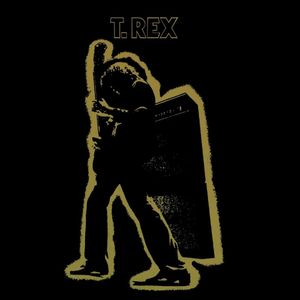Hyrule’s Lament: the music of ‘Twilight Princess’

The music of The Legend of Zelda ranks amongst the most iconic in gaming history, capturing the imaginations of millions of gamers for over 20 years. What started as simple 8-bit melodies have blossomed into fully orchestrated arrangements, which have effectively followed in the footsteps of fanfare film music. Although its universe may not be as vast or as intricately detailed, the Zelda series has clear parallels with the likes of Star Wars and Indiana Jones, and much like those beloved franchises it relies heavily on repeated themes and motifs to drive its narrative. This particular entry, 2006’s Twilight Princess, was initially well received, but has divided opinion in the time since its release. The game is often placed as one of the weaker entries on the 3D Zelda spectrum. Nonetheless, the score had notable changes from previous titles that gave Twilight Princess a distinctly destitute atmosphere.
Much like the game itself, the music is largely enjoyable but relatively uneven. Whereas Wind Waker opted for a lush, colourful, and exceedingly animated approach, Twilight Princess is sparse and startlingly exposed. The orchestration is mostly minimal, the general method being ‘less is more,’ which heaps pressure on the game’s visuals to provide further artistic direction. The majority of themes set to prominent locations have a lone instrument setting the tone. “Faron Woods”, for example, begins with an arpeggiated acoustic guitar, inviting a main melody to accompany it and guide the track forward in an arrangement similar to that of baroque music. Its texture is slender, with typically no more than three instruments playing simultaneously. “Kakariko Village” is much the same, but with added percussion to depict the tribal nature of the Gorons who reside nearby. This particular Kakariko theme doesn’t exactly leave a lasting impression, and although it does achieve its objective in portraying a somewhat desolate residence, it is possibly the least satisfying version in the entire series. These sorts of tracks, ‘town tunes,’ are often a jarring experience in Twilight Princess. Whilst their stripped-back nature successfully portrays feelings of uncertainty and isolation, it is difficult to gauge a strong fundamental character — something so distinct in [previous Zelda titles.
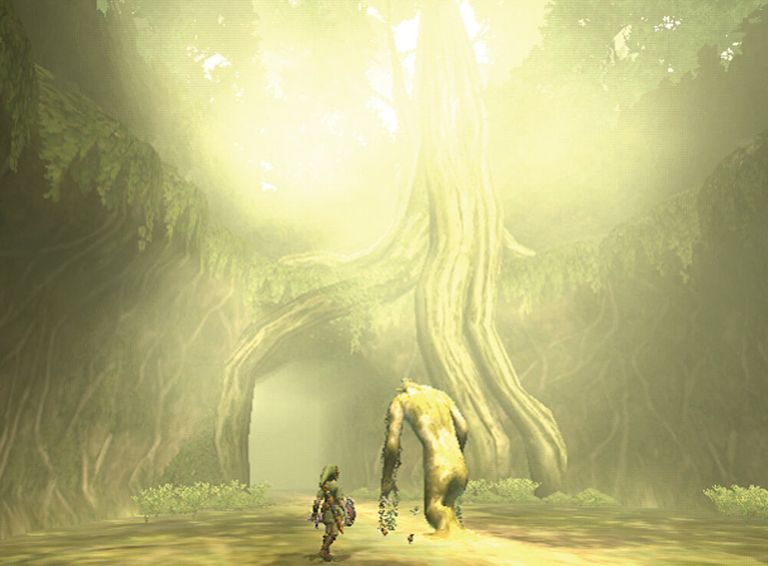
Twilight Princess’s most engaging musical moments tend to happen outside of specified locations, often in the Twilight Realm. The track that plays throughout multiple player visits to the dimension, appropriately named “Twilight”, is one of the most challenging pieces of music in the entire series. With a heavy influence from minimalism and similar avant-garde movements, the harmony in “Twilight” steers well away from the conventions that Koji Kondo initially set in 1986. With a clear aim of unsettling the player, there’s no recognisable melody or traditional sense of structure. Instead, dreary drones and peculiar patterns weave in and out of the piece to create a scattered texture; a soundscape that would feel right at home on a soundtrack to a David Lynch film. Whilst it’s not abnormal for a Zelda game to contain ominous moments in its score, the music heard in the Twilight Realm likely ranks as the most unsettling and, frankly, perplexing.
The dungeons in Twilight Princess are the biggest showcase of a ‘less is more’ method, with a shift in focus towards sound design. Whilst this isn’t anything new for the series (the eerily understated forest temple music in Ocarina of Time is among the most unsettling tracks in the series), the emphasis on minimal arrangement is more prominent here than ever before. As the player progresses through to the dungeons’ final stages, the heat is naturally raised to increase the intensity of boss battles, whilst still retaining the threatening atmosphere of the dungeon itself. One of the most successful instances of this development is heard during the battle against Blizzetta of Snowpeak Ruins; the backdropping music containing orchestration similar to that of classic Castlevania titles. The second half of the battle begins with haunting organ arpeggios, which are gradually accompanied by timpani and dramatic choir chanting to stress the sense of climax. This was one of the standout musical moments of the entire game: the majority of boss battles lean towards the traditional custom of tribal percussion, and it’s the sheer contrast of the Blizzetta battle that makes it such a momentous moment.
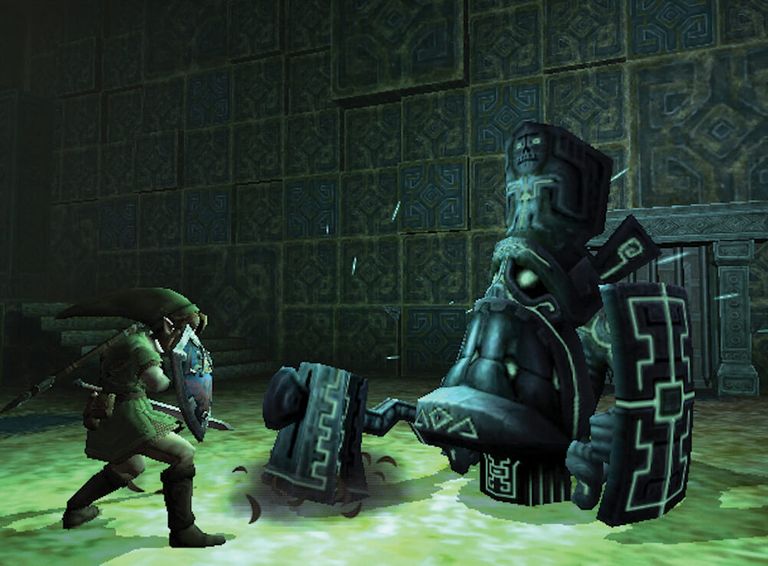
Although the dungeons in Twilight Princess are amongst the finest in the series, the game’s focus on character development was far from a total success, with the opening hours suffering from serious pacing issues. Fortunately, the effort made to properly establish and develop the backstory of key characters is a key reason as to why Midna is one of the most interesting (read: less irritating) sidekicks in the series. Her peppery personality and rigorous determination is a vital part of what makes Link’s adventure so engaging, so it makes for a genuinely distressing experience when she falls into a weak and frail state, close to death. “Midna’s Lament”, the beautiful piano ballad that plays over Hyrule Field as you rush to recover her, contains an emotional resonance that makes the moment even more poignant. Midna’s heavy breathing is just about audible amid the piano keys, which only evokes further fear in the player. For a piece of music to focus so intensely on a character outside of Link, Zelda, and Ganon is a rewarding rarity, and another satisfying instance of the minimal approach to the soundtrack. To this day, “Midna’s Lament” is a fan favourite in the Zelda series. Before and after Twilight Princess, there has never been a piece of music quite like it.
The triumph of “Midna’s Lament” brings with it an element of disappointment. The Twilight Realm revels in its ominous ambiance but, as has already been mentioned, what transpires elsewhere is fairly standard, relying on stripped-back renditions of series tropes which are enjoyable, but ultimately predictable. Outside of an amusing homage to Ennio Morricone, the music of Twilight Princess fails to offer any further surprises. The modest approach Kondo and his fellow composers adopted unquestionably suits the secluded atmosphere, but it’s a vision that can be easily misunderstood. At its most basic, the score can feel like it’s doing the bare minimum required. At its best, it supplies a loose backdrop for the game to work around; something adaptable. At no point does the music sound inappropriate, but this is beside the point. The music of The Legend of Zelda should do considerably more than merely function — this is, after all, the journey of a hero.
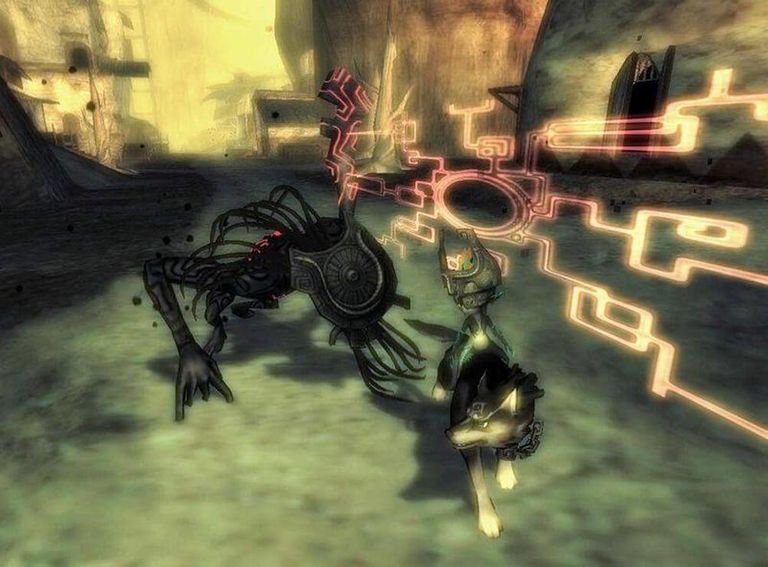
Music and sound design are key components of the Zelda infrastructure, fundamental to making its hero’s journeys feel so engrossing, epic, and vast. It’s no coincidence that Twilight Princess, with its sporadic score and intermittent pacing, fails to register with fans in the same way that Ocarina of Time does. Whereas Wind Waker still looks beautiful to this day, Twilight Princess’s visuals have not aged quite so elegantly, and whilst this is no fault of the score, it requires a sonic impetus to atone for a muddy palette. Though similar criticism could be levelled at Ocarina of Time and Majora’s Mask, those titles have captivating compositions that blossom at the right moments. Their scores are often atmospheric, but also fantastically vibrant when appropriate, with shades of Disney-esque magic that continue to evoke enormous amounts of nostalgia across a wide audience.
Twilight Princess is a peculiar game with bolder intentions than it is often given credit for. In some ways its minimal soundtrack is ideal for such a desolate environment, but it could have done with a heftier dose of the glorious, dazzling Zelda fanfare. With it, Link’s adventure would surely have felt grander than it did. There’s no guarantee that Twilight Princess would have flourished with a more dynamic score — not even John Williams could compensate for such an empty Hyrule Field — but it would have stood more of a chance. A merely ‘good’ Zelda game is still a marvellous gaming experience, and I’d never brand it a disappointment. The game’s intentions were resolute and true, but the execution simply lacked the quality and precision required for its vision to be fully realised.

Related Posts
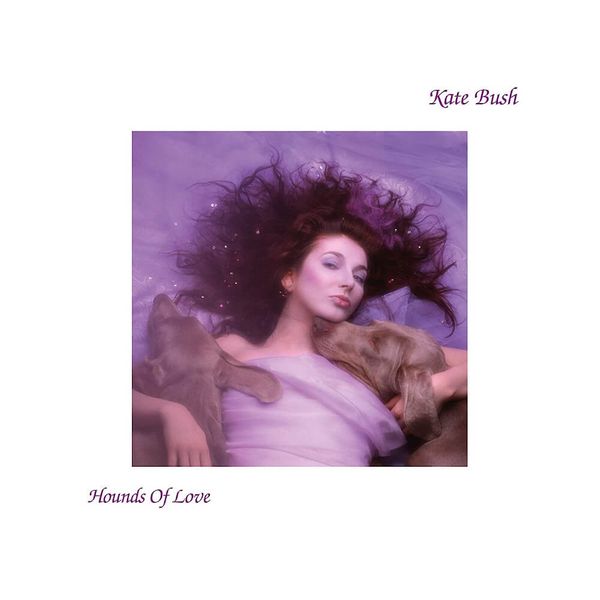
Hounds of Love // Kate Bush
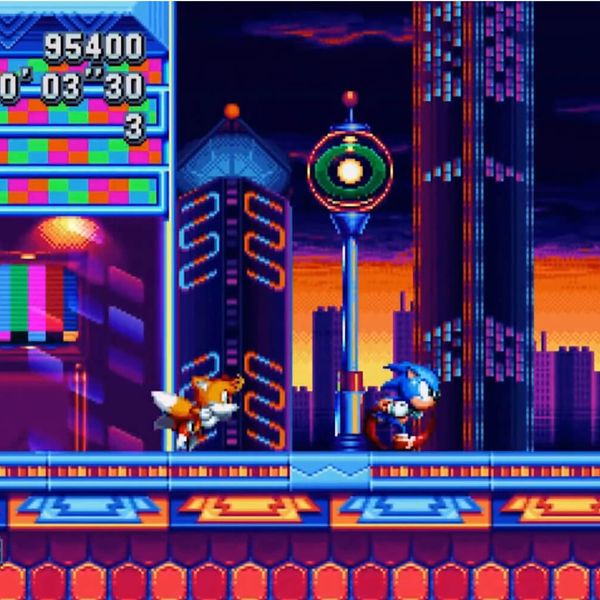
My favourite game soundtracks of 2017

A Grand Soirée: All character themes in ‘Apex Legends’ ranked
